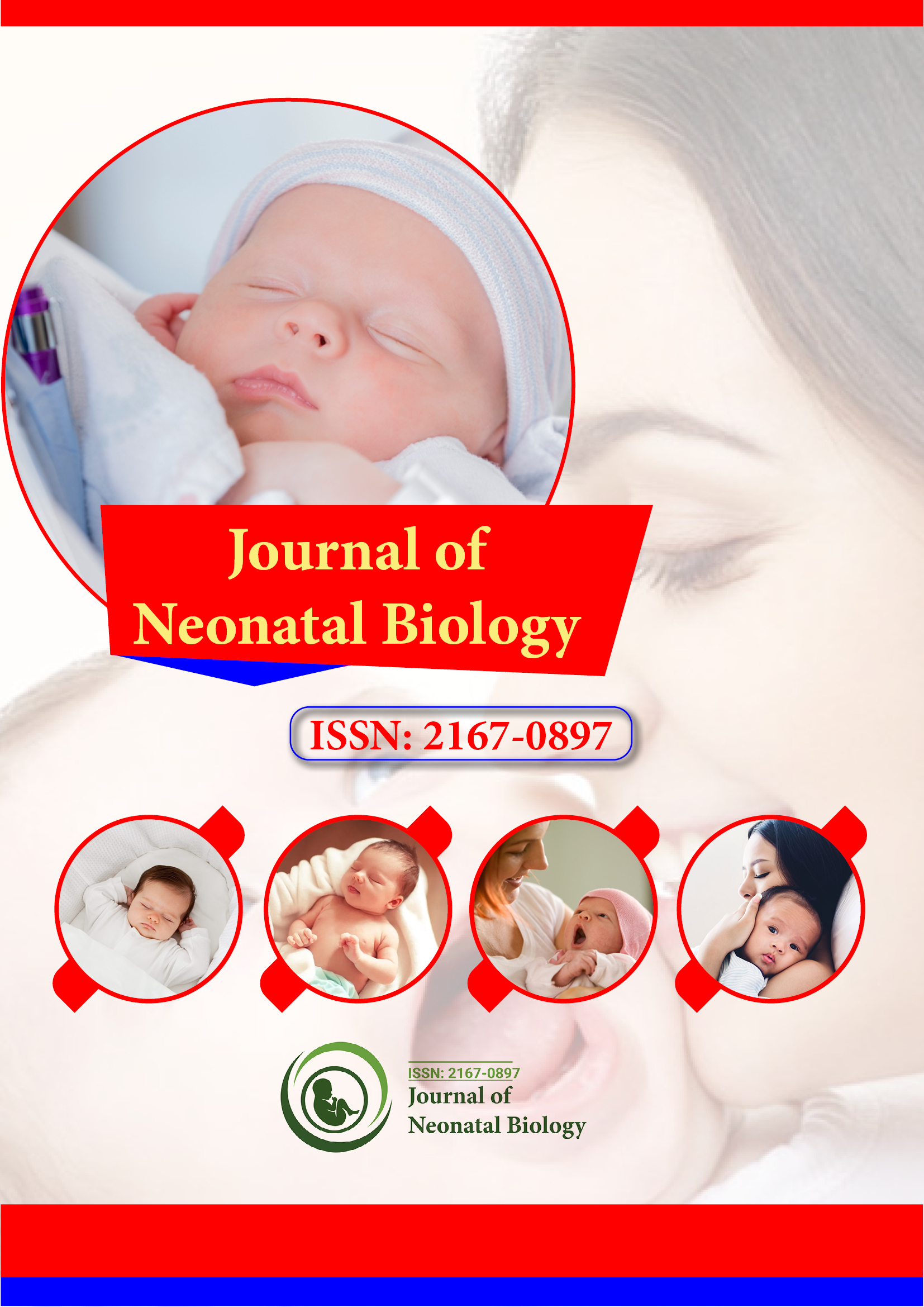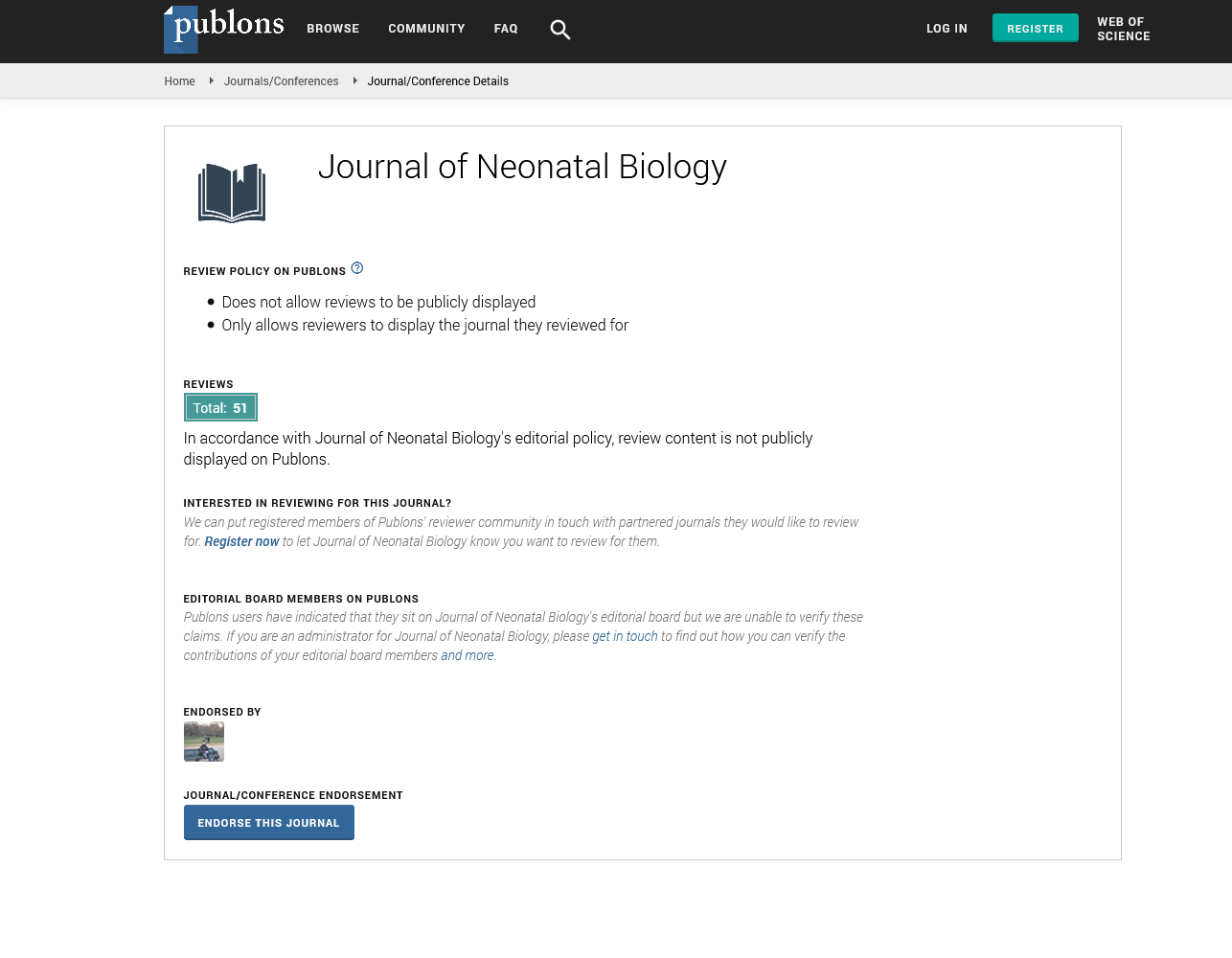Indexed In
- Genamics JournalSeek
- RefSeek
- Hamdard University
- EBSCO A-Z
- OCLC- WorldCat
- Publons
- Geneva Foundation for Medical Education and Research
- Euro Pub
- Google Scholar
Useful Links
Share This Page
Journal Flyer

Open Access Journals
- Agri and Aquaculture
- Biochemistry
- Bioinformatics & Systems Biology
- Business & Management
- Chemistry
- Clinical Sciences
- Engineering
- Food & Nutrition
- General Science
- Genetics & Molecular Biology
- Immunology & Microbiology
- Medical Sciences
- Neuroscience & Psychology
- Nursing & Health Care
- Pharmaceutical Sciences
Nurses and midwifes can play central role in collaborative strategies in perinatal and neonatal care
10th World Summit on Neonatal Nursing and Health Care
Rome, Italy (Hybrid Event)
Łukasz Matwiejczyk
University Clinical Centre, Poland
Scientific Tracks Abstracts: J Neonatal Biol
Abstract:
Aim: The aim of the interdisciplinary perinatal team is to create and implement a comprehensive model of care for patients with prenatally diagnosed or suspected serious congenital defects and diseases. Nurses and midwives can play a key role in the team as both coordinators and links between hospital and hospice clinicians. Method: To develop the best model for cooperation and to optimize diagnostic and therapeutic processes it required resource, infrastructure, and personnel utilization of three existing medical entities: the University Clinical Center, the Medical University of Gdansk and the Perinatal Hospice in Gdansk. The pivotal concept was for the nurse or midwife to coordinate care of patients with suspected or diagnosed serious, lethal congenital defects. They would become a liaison between all specialists involved, including: an obstetrician, a neonatologist, a radiologist, a paediatric surgeon, a hospice doctor (and others) and the child's family. They would guide parents throughout pregnancy, childbirth, and the postpartum period. They also participate in creation of a unified document which contains all crucial information about the health of the fetus as well as the prognosis and postnatal treatment agreed with the parents. Should an emergency admission be required therefore mentioned card with the results of the consultation is presented the admitting midwife by the child's mother. Thanks to this document, the entire team present on duty at a given time receives a short summary containing the diagnosis, prognosis, action plan and the parents' will. Using this the specialists from the maternity and neonatal wards can choose one of two strategies: palliative care or intensive therapy. In exceptional situations, when it is not possible to make a clear diagnosis in the prenatal period, resuscitation measures are undertaken. This allows for further testing, so after the diagnosis is verified, final decisions can be made. This approach is based upon the current medical evidence, recommendations of the relevant scientific societies and the local legal principles. Moreover, they also take into account personal and religious beliefs and will of the parents. Discussion: This model of care for a newborn with severe congenital defects has improved and optimized the work of the perinatal team. The created document enables the parturient a free choice of medical center in which they want to give birth. It might be the closest to the parents' place of residence. Parents more often choose a university hospital. In exceptional circumstances, it allows multiple specialists to complete diagnostics in the postnatal period or to verify an earlier diagnosis. The duration of hospital stays is reduced due to the care organization implemented. The patient and their family receive continuous medical care within the comfort of their home environment. Conclusions: A trained nurse or midwife can play a key role as the coordinator of perinatal care for patients with severe, lethal congenital defects. It is necessary to create care models based on the local specialist and infrastructure resources. There is a constant need to integrate intensive therapy with palliative care and enhance communication and cooperation between parents and medical professionals.
Biography :
Łukasz Matwiejczyk brings experience in intensive care and a passion for enhancing both individual health outcomes and the overall organization of medical services. With a background in neonatology and hospice care, he is pioneering new approaches to healthcare delivery. Drawing from years of experience in treatment, evaluation, teaching, and administration within hospital settings and educational initiatives, he is committed to supporting innovative models that prioritize patient care and professional development.

